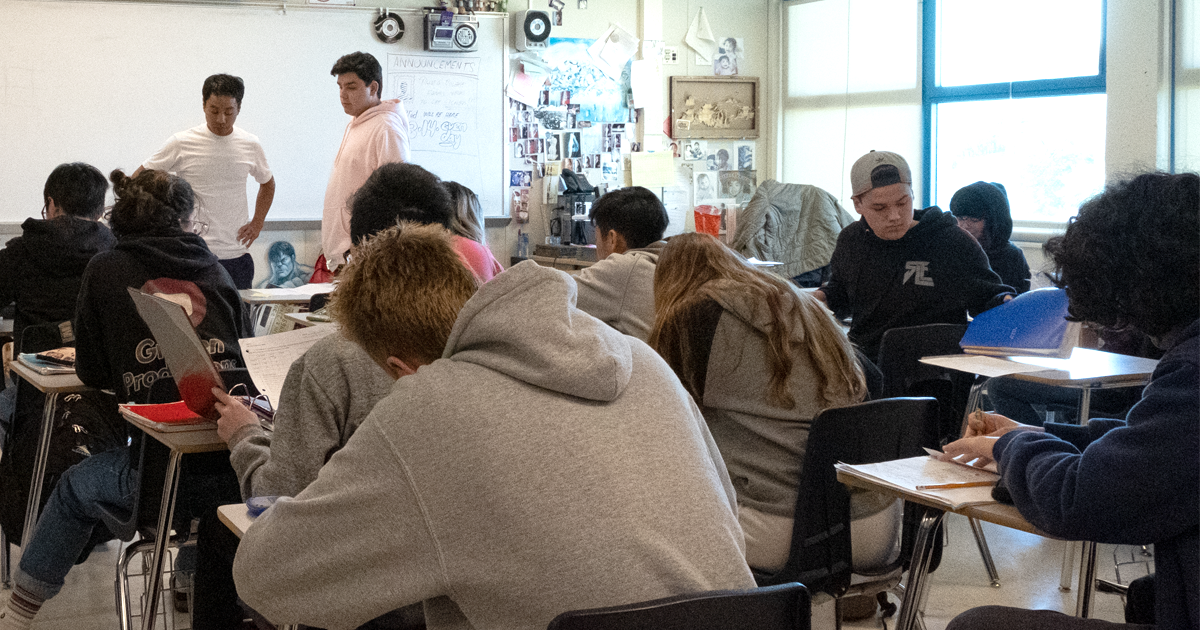Shedding Light on the Experiences of LGBTQ Students: Sobering Data and Reasons for Hope
Posted on

Lesbian, gay, bisexual, transgender, queer, and questioning (LGBTQ) students have historically been invisible, underserved, or misunderstood — or all three, says Jenny Betz, a School Climate Specialist at WestEd. “If you don’t feel accepted, have to hide something fundamental about who you are, or are scared at every step, you obviously won’t be fully present and immersed in learning.”
To shed light on LGBTQ students’ experiences in school, WestEd researchers analyzed two years of results from the California Healthy Kids Survey, which provides arguably more data on LGBTQ youth than any other source in the nation. The data reflect survey responses from approximately 800,000 students in grades 7, 9, and 11 at more than 2,700 secondary schools. The resulting study, Understanding the Experiences of LGBTQ Students in California, revealed both sobering and encouraging results.
The study found that LGBTQ secondary students were at higher risk for bullying, chronic sadness, and thoughts of suicide, as well as poorer learning engagement and academic performance, compared to their straight and non-transgender peers. LGBTQ students also reported receiving substantially fewer social and developmental supports from teachers. But the study’s analysis suggests that if LGBTQ students experienced the same levels of support and safety at school as non-transgender and straight students, disparities would disappear or greatly diminish.
